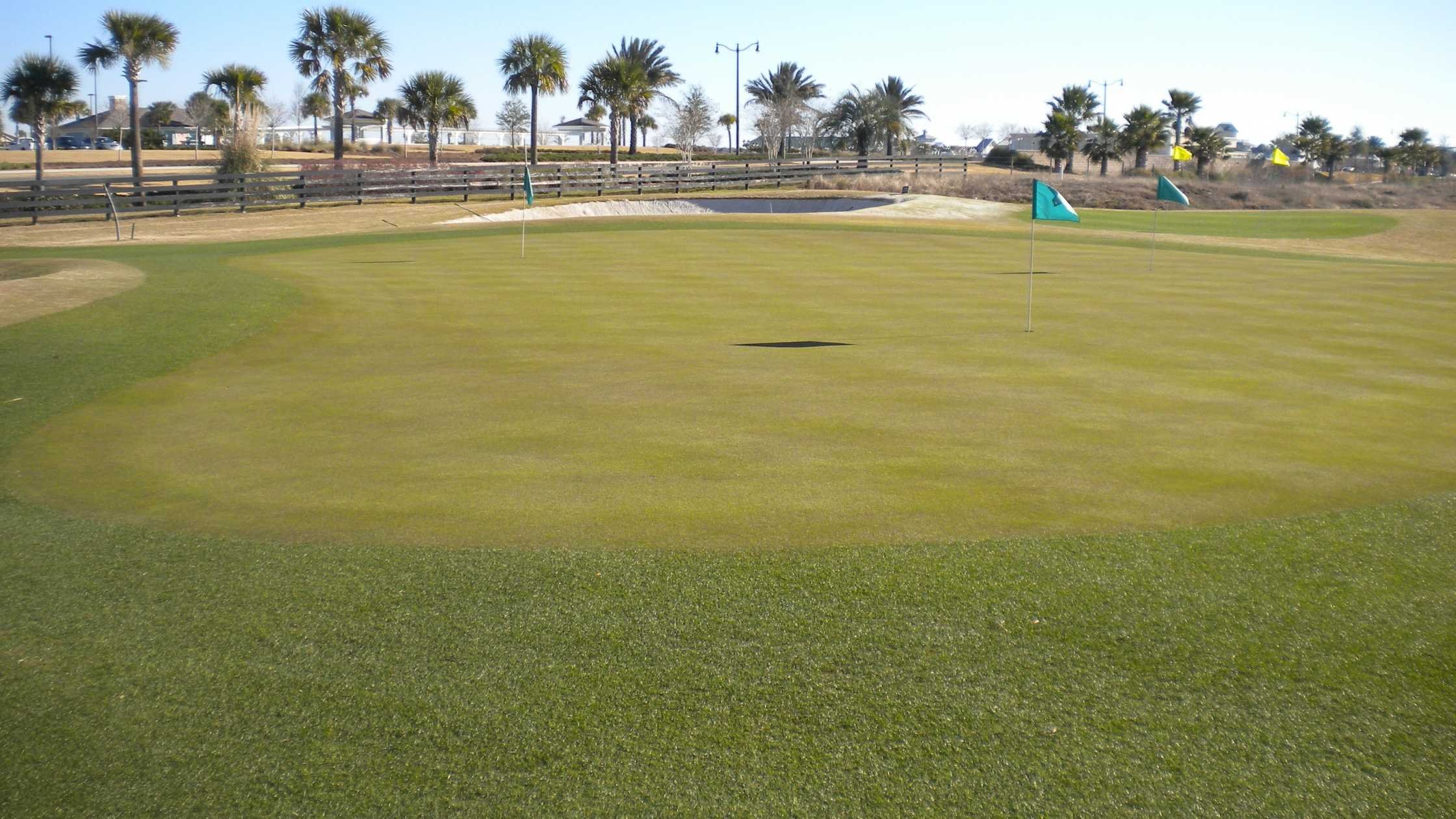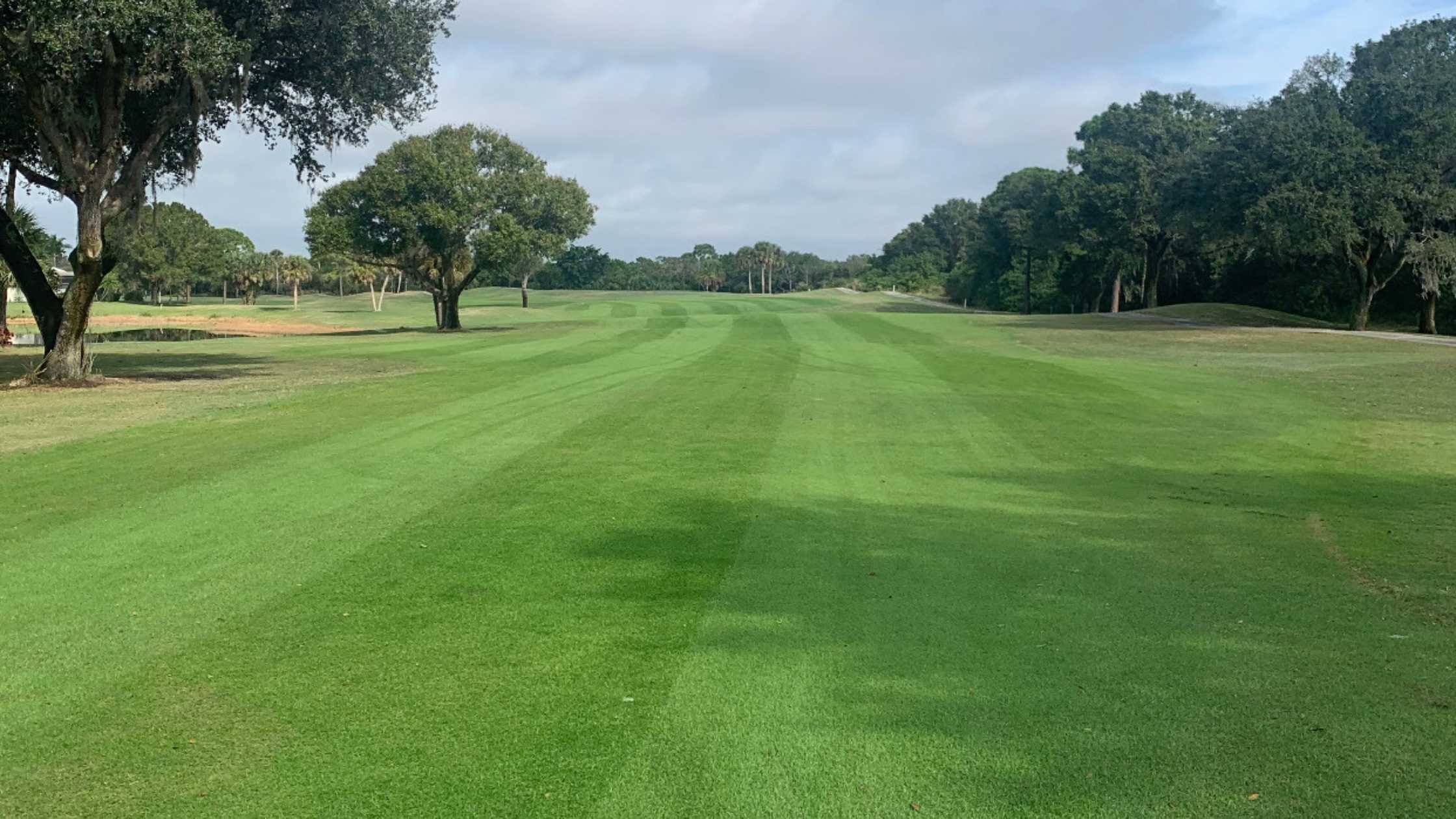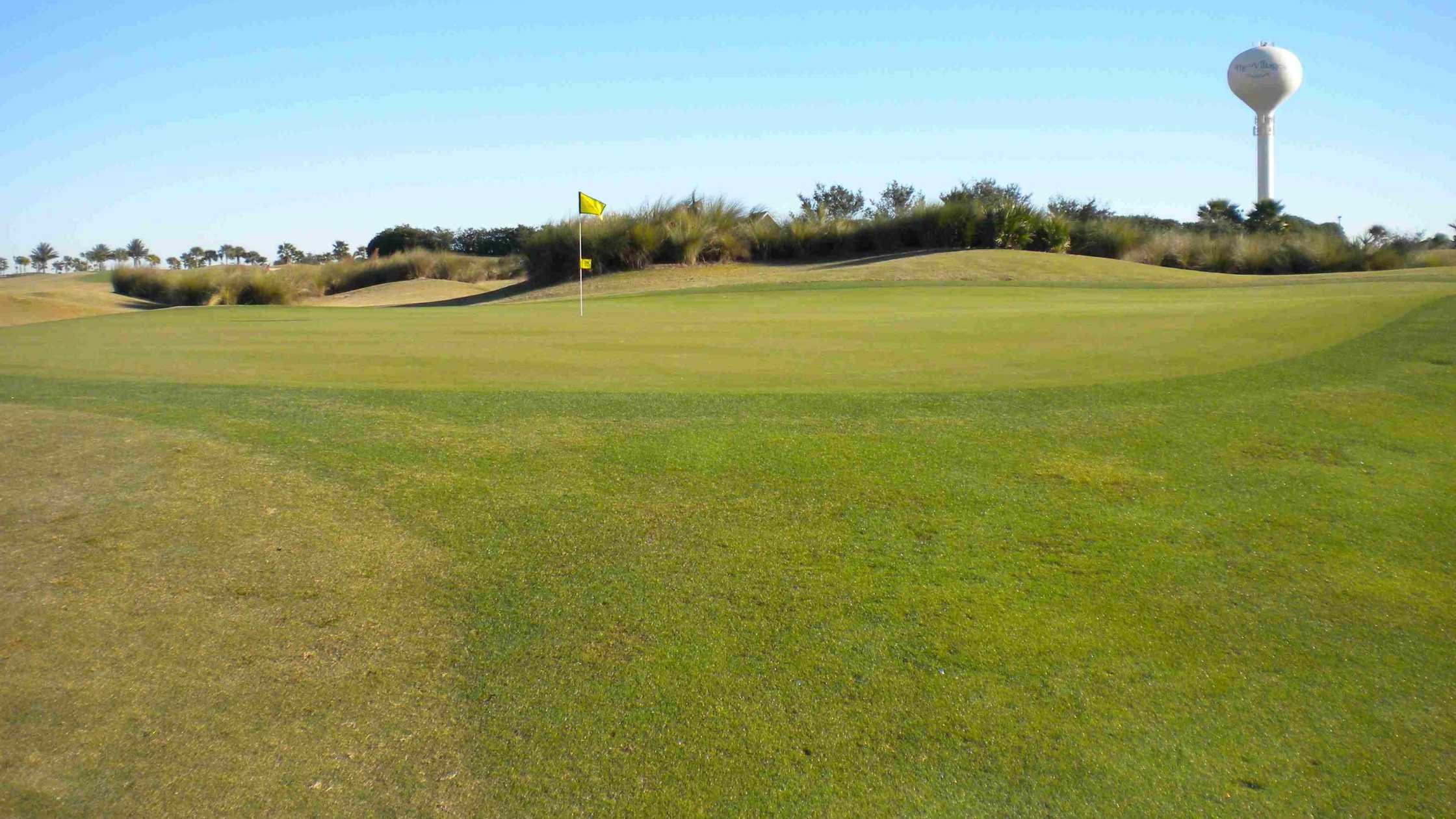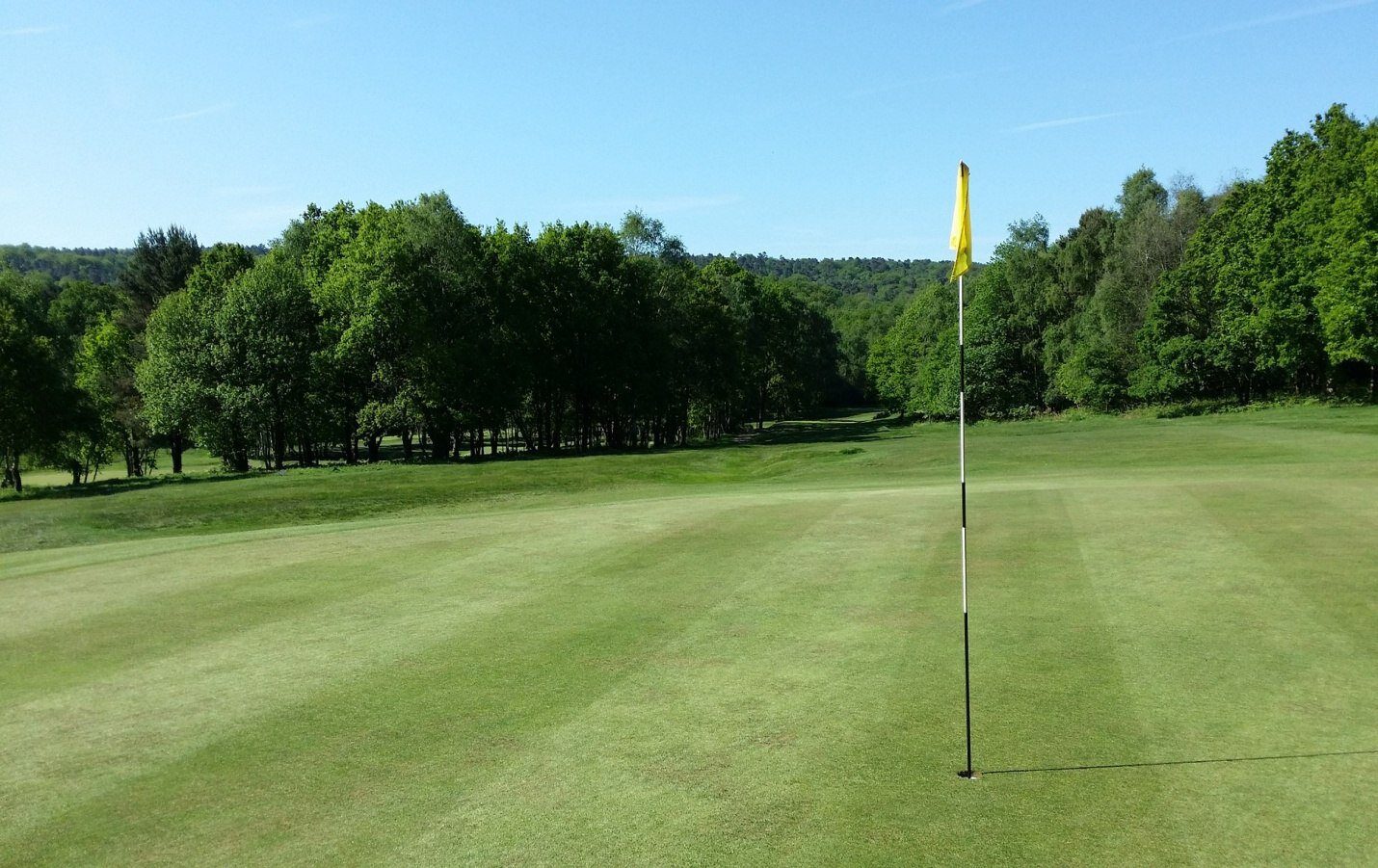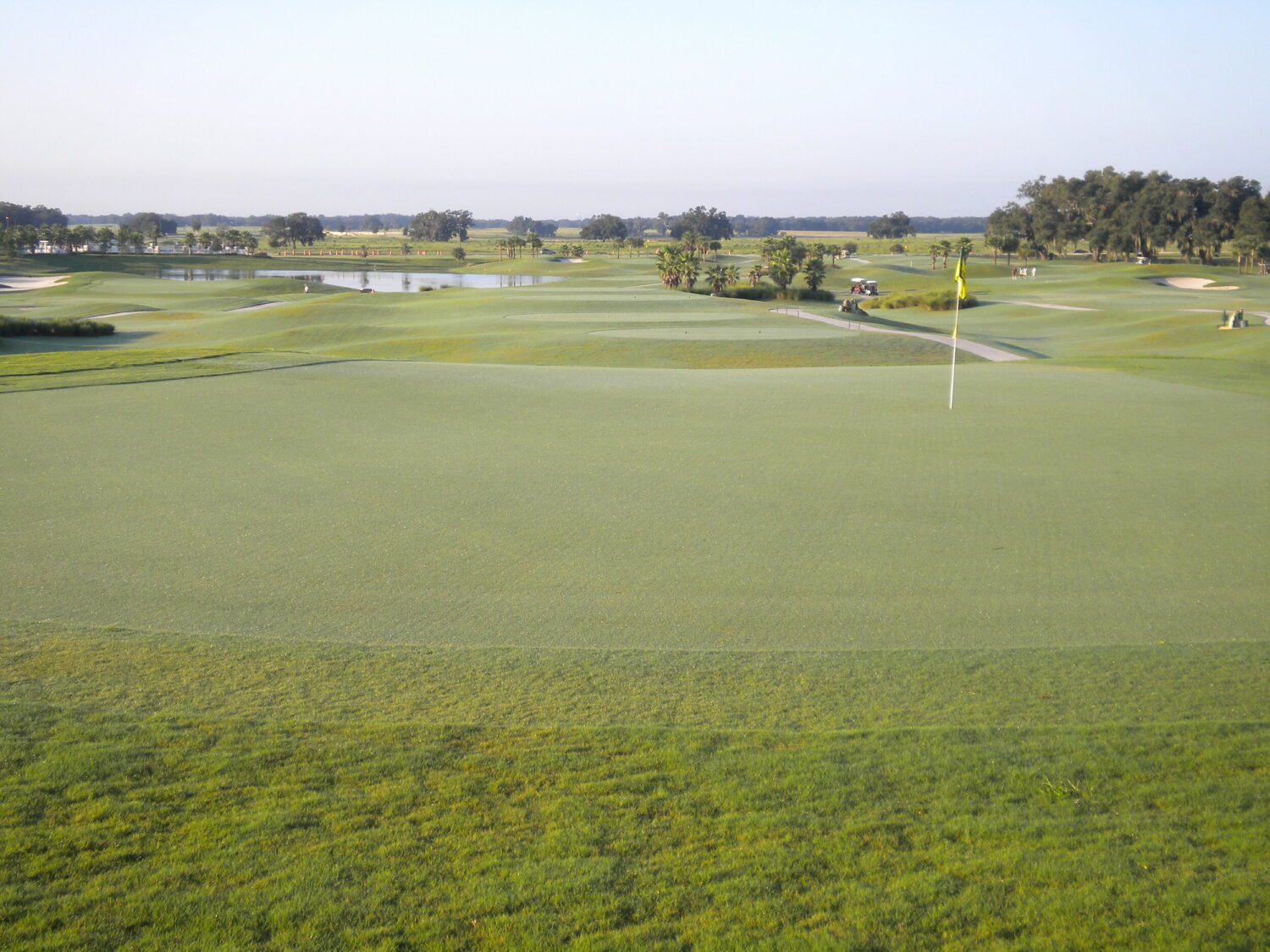Laying sod is a pretty simple task that involves grass and soil being held together by a root system. Typically the installation of sod is implemented for golf courses and stadiums. While most landscapers or golf experts prefer working with seeds, there are others who believe that sod is much faster and easier than seed. The process of laying sod involves just a few simple steps.
Step 1. Add topsoil or select the right type of soil
Topsoil has natural nutrients and organic matter, which helps the grass to grow greener. The organic matter in the topsoil gives it a dark color, also reducing the need to use fertilizers later. Usually, the topsoil layer over the existing soil should be six inches. Keep in mind that the right type of soil will provide an adequate drainage system, allowing air and water to permeate.
Step 2. Measure the area meant for laying the sod
Measuring the area is essential to understand the exact space you need for laying the sod and preparing the soil for the ground. While measuring the area, be sure to deduct the space held by buildings, paved drives, and walks.
Step 3. Prepare the soil
Grading the soil before laying sod is vital so that there are no drainage issues in the near future. Till a depth of 4 to 6 inches in the ground, smoothen out the soil, and remove all kinds of debris, rocks, and branches. This step is simple yet can be time-consuming if there are too many rocks or branches in the landscape.
Now, mix the selected soil or topsoil with the existing layer of soil. Use a rake to smooth the area. Consider adding compost and fertilizer in case one is not using topsoil or feels that the nutrient level in the topsoil is not enough. To confirm the level of quality in the soil, get a soil test to inspect the varied aspects of the soil.
Step 4. Rake the area
Raking is crucial to smooth the area. Break up any chunks of soil that you may find during the process.
Step 5. Lay down the sod
To effectively execute the process, start from one side of the yard or landscape. Unroll the sods piece by piece without overlapping the ends but keeping them pressed against the adjacent strips. This form of placement avoids the risk of weeds popping up.
While ordering the sod, ensure choosing the sod that will complement your landscape since it comes in strips and slabs, and several growers offer varied size sod cuts.
Step 6. WATER IT RIGHT
Water the sods to keep them moist and irrigate enough to wet the soil below the sod. However, do not overwater and consider avoiding run-offs. Remember that even the sod rolls are living plants; therefore, irrigation is crucial for their survival. The process of watering should commence within 30 minutes of installation.
Over time, the irrigation process is deeper but less frequent.
Now that the steps related to laying the sod have been discussed, there are other factors that most golf course superintendent looks for.
Grass turf supplier – Golf course superintendents require sod that is available at a good, affordable price and withstands wear and tear as well. They also look for sod that germinates and repairs quickly. When outsourcing golf maintenance services, these companies most likely have supplier relationships already established. Due to the large quantities of supplies they order, they most likely can purchase the same sod at a discounted price.
Color of the grass – Since the main attraction of a golf ground is the color of the grass that entices the golfers, it is pretty important for the golf course superintendent or golf course managers that their grass appears green and lush by choosing the correct color that will best compliment the course.
The preparation of the topsoil – When it comes to the preparation of the topsoil, the experts of DTE Golf® advises that if the soil is initially sandy and has good drainage, then you are almost there. At the same time, if the soil lacks any of it, then an organic mixture and sand can be added with the right irrigation to make sure the grass stays healthy and lush for the players to walk on it.
Now, the most important question that probably every landscape beginner regarding golf turf would ask about – Why use a turf grass professional instead of growing the sod on your own? Well, any golf course manager, along with the professionals of DTE Golf® , will reply that it is more convenient to contact a professional than to do the process on your own. While the installation process can be time consuming, not every novice landscaper can do the job without proper expertise. It’s better to outsource the installation of sod than pondering over the right tilling, raking, or irrigating.
Contact DTE Golf ® today to know more about sod installation.

